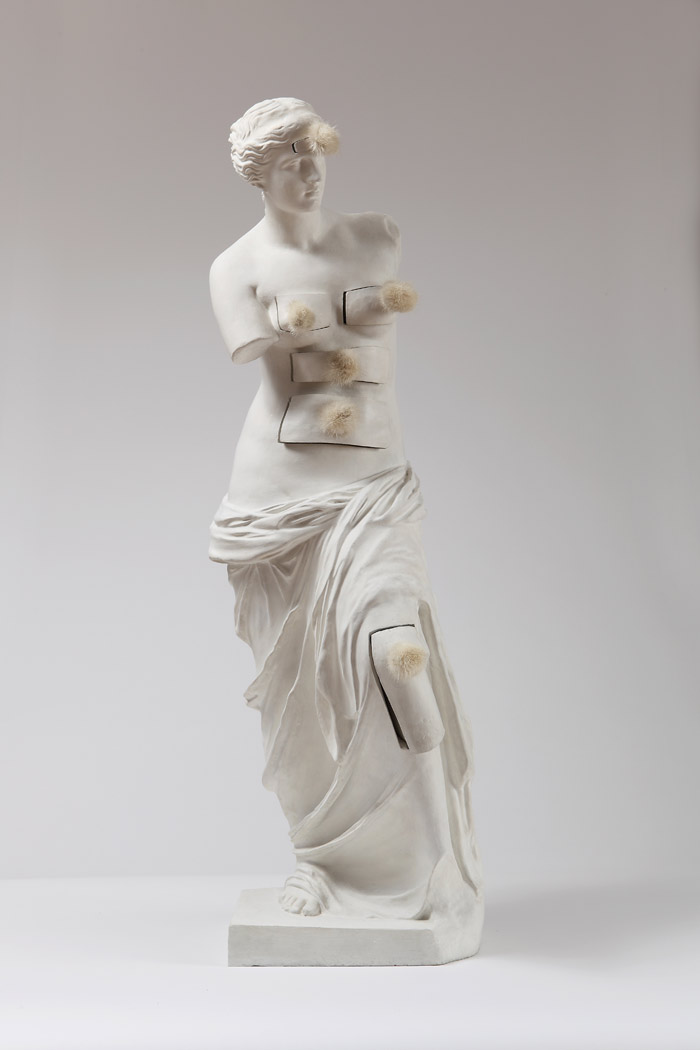As a repository of Dadaist ideas, the brilliant show at Blain/Di Donna, Dada and Surrealist Objects, represents what constitutes artistic re-interpretation. It brings back into focus the bankruptcy of contemporary artistic initiatives as nothing more than shameless re-invention. The “objects” in this elegantly-mounted show represent imaginative artifacts created between 1920 and 1969 (save for the anomaly Marcel Jean’s Le Magnetoscope, 1983.) For a half-century, Dada and Surrealist tendencies self-perpetuated new challenges and interpretations of what constitutes an art form. Playful and iconoclastic, these objects can be seen as the primary agent provocateur for artists of the Chelsea generation. But this generation’s response, rather than one of further exploration, has been revealed as one of soulless mimicry, and not the least bit flattering of the past but rather a shallow exploitation of it.
What is celebrated in this show is the spirit of artistic freedom and the pathway that a handful of free spirits paved. “I am for an art that bleeds, weeps and sings the strong songs of poetry.” says an anonymous New York Dadaist. That poetic vision is seen fully realized in the exemplary works beginning with the earliest executed construction, Indestructale Object by Man Ray and his Rayograph print of 1922. They echo F.T. Marinetti’s challenge to “Let us boldly create the ‘ugly’ in literature and kill solemnity wherever it may be.”* While Marinetti is considered the father of Futurism, he is the Godfather of Dada. His transformation epitomizes the gradual refutation of the classical in favor of the unexpected elevation of the found object and the composite of opposites.
With Dada, one enlists the mystery of the everyday, see Marcel Duchamp’s Chess Score of 1965, and Andre Masson’s Ondine with its borrowed feather, sand, and shell.
These works are as different from classical sculpture as Music Concrete differs from Marinetti’s first sensuous explorations,”Her body is jeweled with the fine night dew and the sweat of lingering pleasures drunk long from the lips of the Stars”.*
With the re-interpretation of the sensual also comes the assertion of irony in works by Magritte, Femme-bouteille of 1955 and Enrico Donati’s Shoes of 1945. Dada is mostly “surface tension” that requires the observer to bring something to the perception of art. Where Max Ernst forces one to read his Un triste sire for an inherent emotion, Man Ray defies any intention of seriousness with Ballet Francais II of 1971, unless the viewer is politically astute. There is much to discover in this show of surfaces where minimalist tendency had a point, one that is soon to be all but buried in the muck of the 2020s.
By Tony Zaza
* Technical Manifesto of Futurist Literature, 11 May 1912.
** The Sensual City, 1908
























